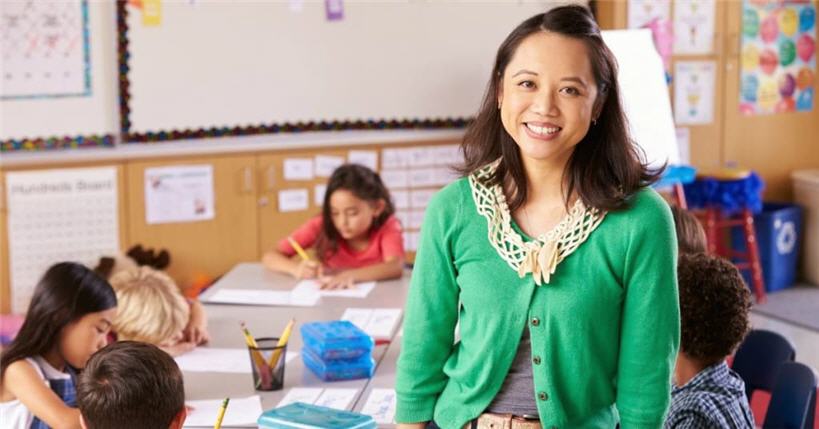
The cohort group exists so that its members can visit each other’s classes and make observation of classroom instruction and interaction. For the purposes of the cohort groups, the content explored in the observed instruction is incidental to the process of the group. This does not mean, of course, that content is incidental, but it does allow instructors of different academic disciplines to joint together in one cohort group. A cohort group can be as small as two members, but it has been my experience that three or four is a better number. The reason for this larger number is largely incidental to actual practices; instead observing a larger number of ones colleagues allows one to pick up on and borrow more teaching techniques that one would observe were one only to visit one other instructor’s classroom.
How does an actual observation work? One instructor (the observer) locates himself in a point in the classroom where he has a pretty good view of the students. That observer would complete the top portion of the Observation Form. Once classroom interaction begins, the observer counts the identified practices. In the case of latency, the observer simply counts the number of times the teaching instructor practiced type one and type two latency. For all the other practices, the observer counts these practices as they are directed to the four to six “target” students as identified on the top part of the form. These practices are coded to the target students at which they are directed. For example, each time the teaching instructor directed a question or comment to a target student, the observer would put a tally mark in that student’s column, let us say student “A” in this case, in the row labeled “Equal Distribution of Response Opportunities.” The observer would continue this practice throughout the lesson. It is not absolutely necessary that the observer stay for an entire lesson, but I would recommend that the observer stay in the classroom at least thirty minutes, and that he arrive early enough to complete the top part of the form before much classroom interaction begins.
After the observation, the teaching instructor and the observer meet. The observer shares her observations by showing the teaching instructor the completed form. They then dialogue about the findings, and the observer can, but does not necessarily have to, cite some observations as a partial basis for the findings. Typically, other conversations regarding the lesson come up, and a more general discussion of teaching ensues. It has been my experience that the teaching instructor is quite surprised by the degree to which he has been inequitable in these practices and limited in his ability to practice latency.
The key for these cohort groups to work effectively is twofold. First, the observations and conversations must occur with some frequency, especially in the beginning stages of this development. As mentioned earlier, the key to being effective in the use of such practices is for them to become almost automatic. We do not want our facilitation of content to be compromised by our attention to technique. Thus, the cohort groups need to meet often enough to reinforce these skills. Second, the members of the cohort must receive some instruction. This article would serve well as a springboard for that instruction.
It has been my experience that when beginning this process, the cohort members need to become comfortable with the observation form and its use in scoring. To this end they can, as a group, visit another instructor’s classroom, identify the same students, observe and score the same lesson, then compare their results. In addition to clearing up any misunderstandings they might have about the practices, this gives them needed practice in working with the observation form. To this end, beginning observers might limit their counting to less than the ten practices. They might, for example, agree to score only the first five practices for one practice session, then the other five for another lesson. I also sometimes use videos of instruction for training purposes. This allows greater flexibility because one can stop the video and discuss what has been observed, and, if the video is of ones own teaching, it can be a humbling and amusing experience. The simple process of closely watching someone else teach can have a powerful effect on the observer. He finds himself attending to some of the nuances of instruction and thus, in theory at least, augmenting his use of same in his own instruction. While I hardly believe that is a comprehensive approach to observing instruction and improving ones own and ones colleague’s, I do believe it is a methodical one and a great starting point for reflection and improvement. Furthermore, the practices identified have a strong track record in keeping students engaged, communicating instructor expectations, and thus helping students – all students – learn.
Megan Wilson is a teacher, life strategist, successful entrepreneur, inspirational keynote speaker and founder of https://Ebookscheaper.com. Megan champions a radical rethink of our school systems; she calls on educators to teach both intuition and logic to cultivate creativity and create bold thinkers.
